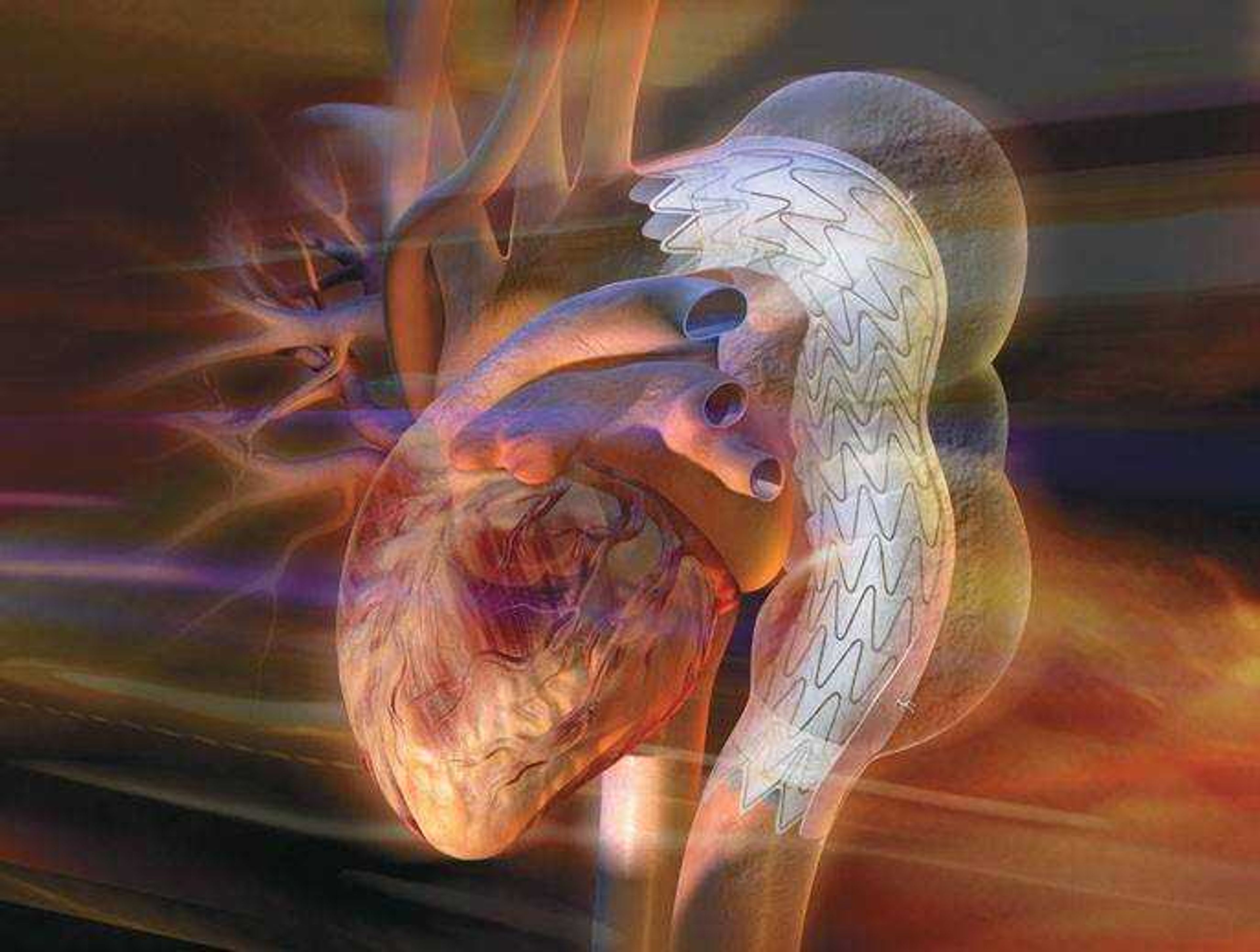It's all about heart
Juanita McCain woke up laying flat on her back. While unremarkable for most people, the position was near-miraculous for McCain. The 75-year-old Chaffee, Mo. woman hadn't been able to lay on her back for years due to an aneurysm -- a bulge in a blood vessel similar to a weak spot in a worn tire...
Juanita McCain woke up laying flat on her back.
While unremarkable for most people, the position was near-miraculous for McCain.
The 75-year-old Chaffee, Mo. woman hadn't been able to lay on her back for years due to an aneurysm -- a bulge in a blood vessel similar to a weak spot in a worn tire.
McCain's aneurysm was located behind her heart and the surgery to remove it, which required cutting an opening in her back, was too complicated to risk for a woman her age.
"I knew it would be a terrible operation and figured I would never make it through," she said.
McCain expected to live with the pressure and occasional pain caused by the aneurysm for the rest of her life. She had check-ups every three to six months and the aneurysm continued to grow.
During one visit in the spring of 2004, her doctor, John Wiggans, mentioned a new procedure that allowed aneurysms to be sealed using a stint.
"The standard approach, which was basically opening up their chest, involved a lot of pain and patients were more suspectible to pneumonia," said Wiggans. "The new way is minimally invasive and the main thing is it's safer and [more comfortable]."
Wiggans had been doing a similar procedure for abdominal aneurysms for about four years, but the technology for heart-related aneurysms wasn't quite ready to go mainstream at that time.
McCain forgot about it until a phone call a year later from Wiggans' office.
Last March, the procedure, called GORE TAG Thoracic Endoprosthesis, was approved by the Food and Drug Administration.
In clinical trials, the new process demonstrated a mortality rate of 1 percent versus the 6 percent rate of the conventional surgery. Patients returned to normal activities after about 30 days following the new procedure as opposed to 78 days.
Wiggans, a Cape Girardeau cardiothoracic and vascular surgeon, flew to the Arizona Heart Institute last spring for final preparation and on June 24, McCain became the first woman to receive the surgery in Southeast Missouri.
When she woke up in the recovery room, the first thing she noticed through a haze of anesthesia was that she was laying on her back.
She heard a nurse tell her the surgery was over.
"I said, 'It's over? Do you know I'm laying on my back?,'" said McCain.
Three days later, she returned to her home in Chaffee and has since made a full recovery.
"I'm more relaxed now, because I don't have to worry about it," said McCain.
cmiller@semissourian.com
335-6611, extension 128
Connect with the Southeast Missourian Newsroom:
For corrections to this story or other insights for the editor, click here. To submit a letter to the editor, click here. To learn about the Southeast Missourian’s AI Policy, click here.









